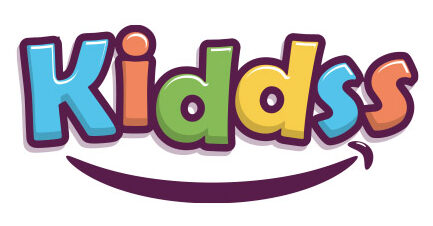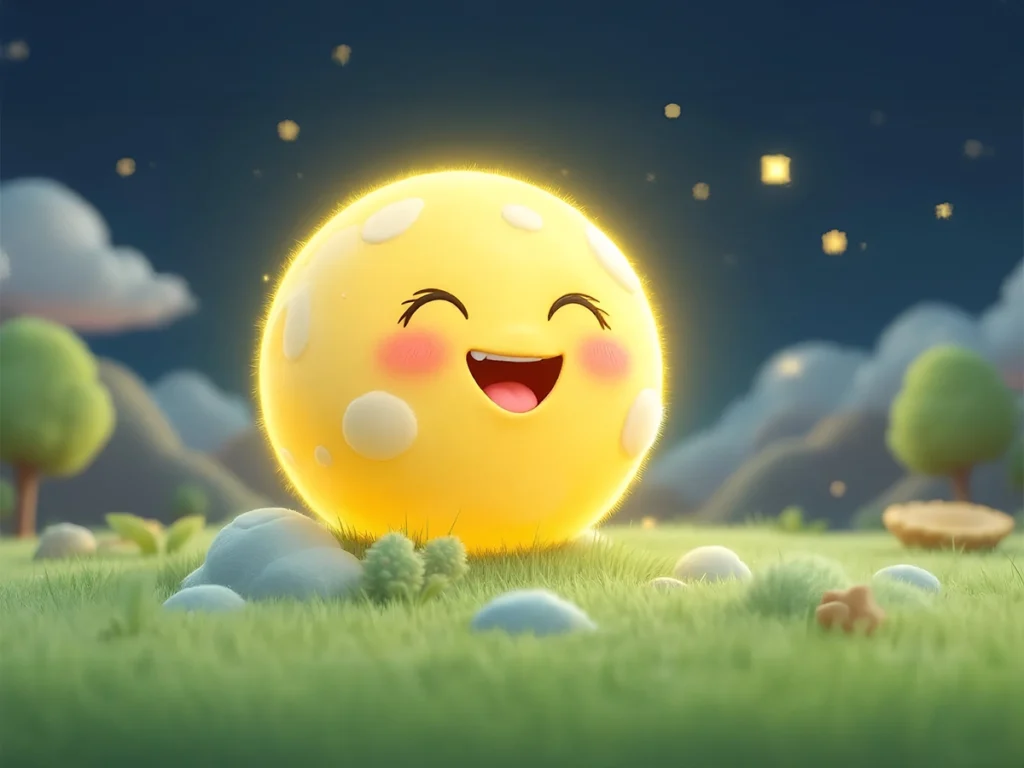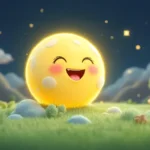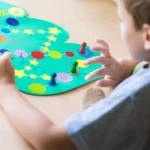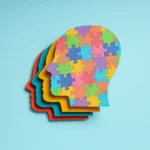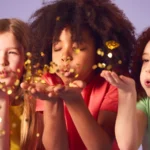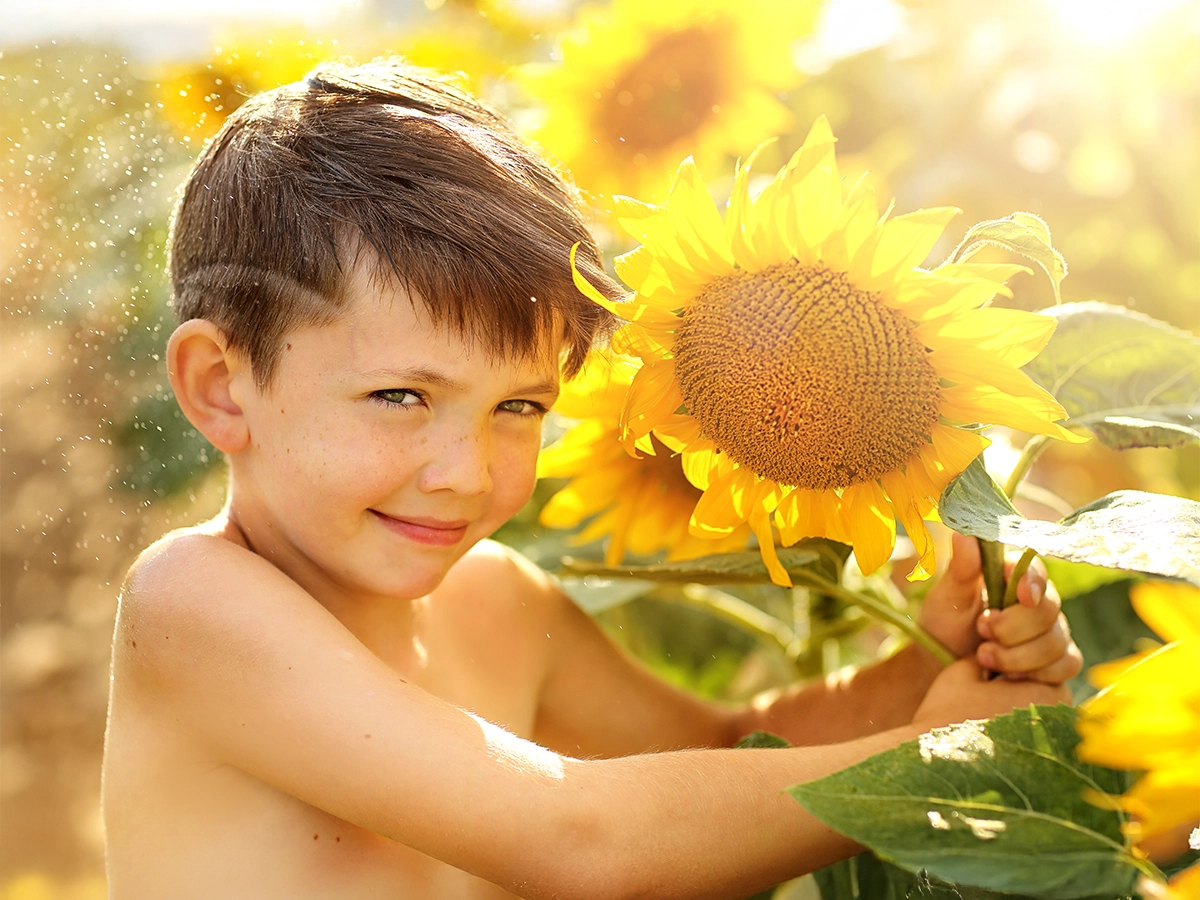The Moon has fascinated people for thousands of years. It lights up our night sky, influences our tides, and has even inspired scientists, artists, and explorers. In this article, we explore the scientific wonders, cool facts, and mythical stories that make the Moon a truly magical topic for kids and grown-ups alike.
🌑 What Is the Moon?
The Moon is Earth’s only natural satellite. It’s a large, rocky object that orbits our planet about once every 27 days. The Moon doesn’t produce light — it reflects sunlight, which is why it glows in the sky.
➡️ The Moon is about 384,400 kilometers (238,855 miles) away from Earth.
➡️ It is about one-fourth the size of Earth.
➡️ The Moon has no atmosphere, so there’s no wind, weather, or sound.
🌗 Moon Phases Explained
You may have noticed that the Moon doesn’t always look the same. Sometimes it’s full and round, and sometimes it’s just a tiny sliver. These changing shapes are called Moon phases.
The 8 main Moon phases are:
- New Moon
- Waxing Crescent
- First Quarter
- Waxing Gibbous
- Full Moon
- Waning Gibbous
- Last Quarter
- Waning Crescent
These phases happen because of the Moon’s position relative to the Earth and Sun. Learning the phases of the Moon helps children understand how light, shadow, and movement in space work together.
🌊 How the Moon Affects Earth
One of the most amazing things about the Moon is how it affects tides on Earth. The Moon’s gravity pulls on Earth’s oceans, creating high and low tides. This is a fantastic way to introduce children to gravitational force and planetary interaction.
💡 Fact: Without the Moon, Earth’s tides would be much smaller, and life on Earth could have evolved very differently.
🚀 Humans on the Moon
On July 20, 1969, humans landed on the Moon for the first time during NASA’s Apollo 11 mission. Astronauts Neil Armstrong and Buzz Aldrin walked on the Moon’s surface while Michael Collins stayed in the spacecraft.
Famous words: “That’s one small step for man, one giant leap for mankind.”
Since then, 12 astronauts have walked on the Moon. Space agencies like NASA and ESA are planning future missions to explore the Moon and even set up a lunar base!
🌜 Fun Moon Facts
- The Moon always shows the same side to Earth.
- There are moonquakes, similar to earthquakes!
- The Moon has no liquid water, but ice has been found in shaded craters.
- You’d weigh about one-sixth of your Earth weight on the Moon.
- Moon dust smells like gunpowder according to astronauts.
These fun facts help boost memory skills, curiosity, and scientific literacy in children.
🧠 How Learning About the Moon Helps Child Development
Studying the Moon encourages:
- Observation skills through nightly tracking of phases.
- Critical thinking with questions like “Why does the Moon change shape?”
- Language skills by learning scientific vocabulary (crater, orbit, satellite).
- Creative thinking by imagining lunar exploration and Moon cities.
- STEM readiness by linking to math (e.g. phases, time) and physics (e.g. gravity).
🌌 Moon in Mythology and Culture
The Moon appears in stories, poems, and legends from every corner of the world:
- In Chinese mythology, the Moon Goddess Chang’e lives on the Moon.
- Australian Aboriginal stories describe the Moon as a man or a spirit who travels across the sky.
- In Hindu tradition, the Moon is seen as a deity named Chandra.
Exploring these stories helps children connect science with cultural understanding, mythology, and storytelling.
📚 Moon-Themed Learning Activities
Here are some fun, educational Moon activities:
1. Moon Journal: Track the Moon each night for a month. Draw its shape and label the phase.
2. Oreo Phases of the Moon: Use cream from cookies to recreate Moon phases — great for hands-on learning.
3. Build a Crater Experiment: Drop marbles into flour or sand to simulate crater formation.
4. Shadow Play: Use a flashlight and balls to demonstrate why Moon phases happen.
5. Moon Diorama: Build a model of the Moon surface with craters, astronauts, and space flags.
🚸 Cautions and Tips for Parents
- Avoid moon myths that confuse science (e.g., “The Moon follows you”).
- Be cautious of screen-based Moon apps that include ads or misinformation.
- Supervise small-part crafts like Moon crater models with flour or beads.
- Some children may feel nighttime anxiety—use Moon learning to comfort and build understanding.
🌟 Final Thoughts
The Moon is more than just a beautiful light in the night sky. It’s a powerful gateway to learning science, art, culture, and storytelling. Exploring the Moon encourages curiosity, wonder, and a lifelong love of space.
If you’d like to share any feedback or post your own Moon-related article or activity, please email us at info@kiddss.com.
